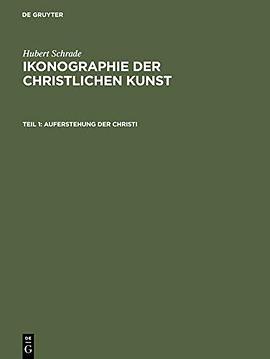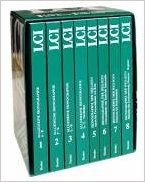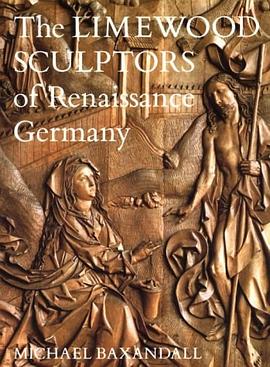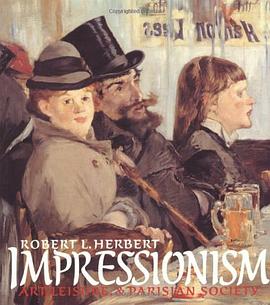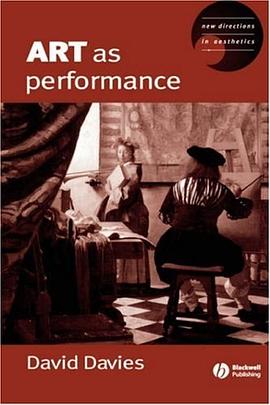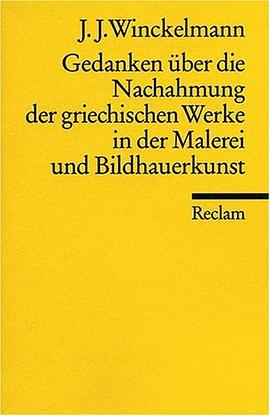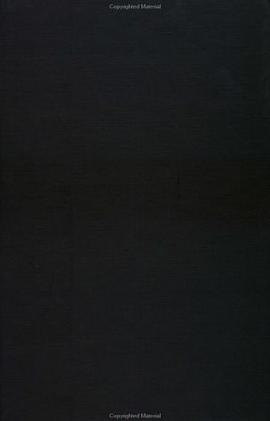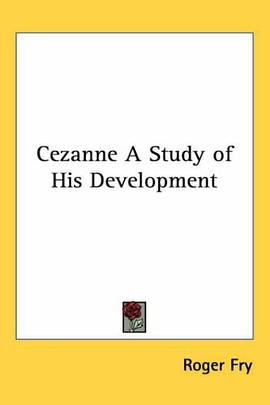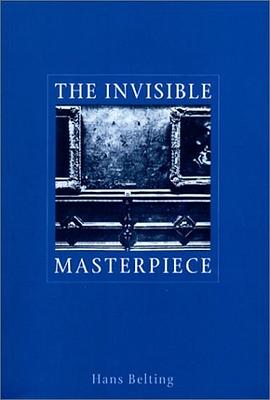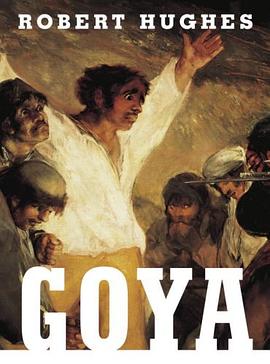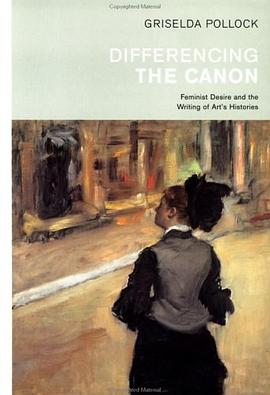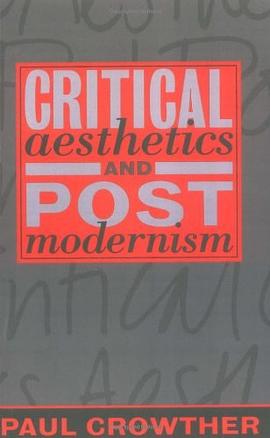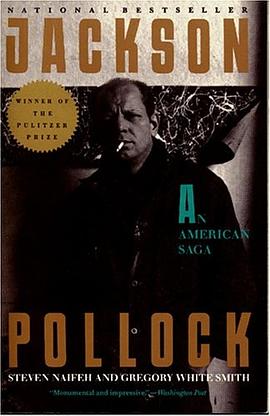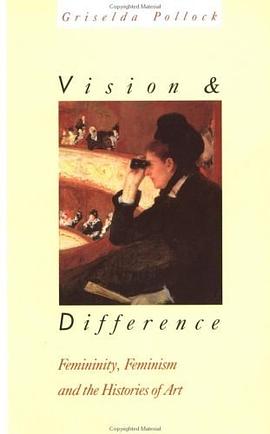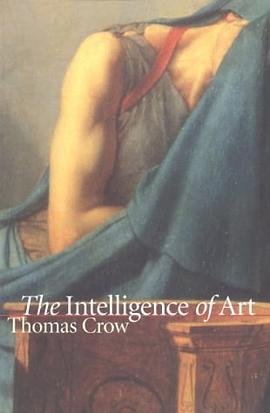

具体描述
With this book, Thomas Crow contributes a refreshing analysis of the present state of art history, the practice of interpreting art and making it "intelligible." He aims to relocate the discussion of theory and method in art history away from models borrowed from other disciplines by presenting what he considers three of the most successful and challenging works in the literature of art history: Meyer Schapiro on the Romanesque portal sculpture of the abbey church of Sainte Marie in the French town of Souillac, Claude Levi-Strauss on the Native American masks of the Northwest Coast, and Michael Baxandall on the limewood sculptors of Renaissance Germany.Sketching the history of trends in art history--from description and biography, to more recent social-historical methods, to the latest wave of postmodernist approaches--Crow sets out a course that affirms the rich and valuable tools of language and methodology developed by generations of art historians while recognizing the important contribution of recent theory in raising the interpretive stakes."The Intelligence of Art" offers nothing less than a concrete new way to grasp the infinitely complex operations of human intelligence in artistic form.
作者简介
目录信息
读后感
评分
评分
评分
评分
用户评价
相关图书
本站所有内容均为互联网搜索引擎提供的公开搜索信息,本站不存储任何数据与内容,任何内容与数据均与本站无关,如有需要请联系相关搜索引擎包括但不限于百度,google,bing,sogou 等
© 2026 book.wenda123.org All Rights Reserved. 图书目录大全 版权所有

